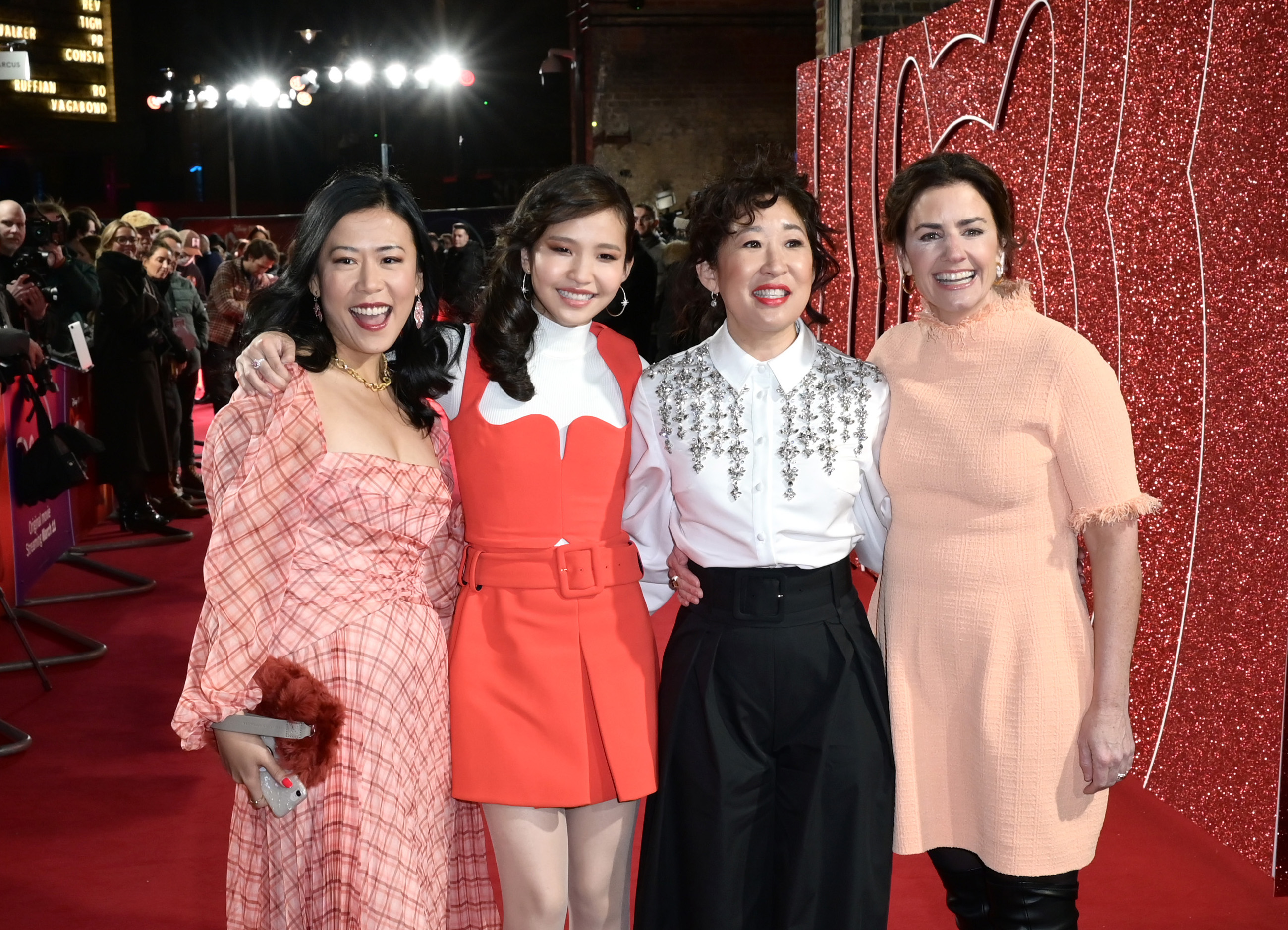‘Turning Red’ Director Domee Shi Says She Was a ‘Hormonal Monster’ While Growing Up
In Pixar’s Turning Red, a 13-year-old girl, Mei Lee (Rosalie Chiang), deals with an unconventional type of puberty where she turns into a giant red panda whenever she becomes emotional. While not everyone has dealt with this specific problem while going through adolescence, there are aspects of this that people can relate to. Director Domee Shi says there are many similarities between her and Lee and even compares herself to a “hormonal monster” when she was growing up.
‘Turning Red’ is a personal story for director Domee Shi

Turning Red is an exaggerated version of what teens go through during puberty. However, director Domee Shi based a lot of the film on what she went through going up. Not only that, but the film connects to her Asian heritage and her life as a “Chinese Canadian.” In an interview with Awardsdaily, Shi spoke about how she told a personal story through the lens of the main character.
“The inspiration behind Turning Red just came from my own life growing up in the early aughts,” Shi said. “Chinese Canadian, dorky, sassy, nerdy girl who thought she had everything under control. She was her mom’s good little girl, and then boom, puberty hit, and I was bigger. I was hairier. I was hungry all the time. I was a hormonal mess, and I was fighting with my mom, like, every other day. Making this film was kind of my chance to go back to that time with Julia [Cho] and understand and excavate what was happening back there.”
Shi and Julia Cho stressed the importance of the relationship between mother and daughter
In addition to turning into a giant red panda, Lee is also dealing with the pressures dealt on her by her mother (Sandra Oh). While her mother is only looking out for her best interest, any teenager can relate to the stress of dealing with parents’ expectations.
Shi co-wrote the screenplay with Julia Cho and Cho explained how both she and Shi grew up “tight with [their] moms.” They knew this relationship in the movie would be one that audiences of any age could connect to.
“One of the things that Domee and I really connected on, I think pretty early, was the fact that we both grew up really tight with our moms,” Cho told Awardsdaily. “I think in a way that was just beyond culture, beyond anything. It was just the way we personally developed these relationships with two women who are just very strong in very different ways. For us, the story was also based in that sense of the transition from going from a girl whose mom is your whole world to a young woman who’s trying to learn to be independent. How scary that is.”
Shi makes history as the first woman to direct a Pixar film
Shi is not only getting the chance to tell a personal story with Turning Red, but she also becomes the first woman to direct a feature-length Pixar film. She previously worked with Pixar on the short film, Bao, for which she won an Academy Award. Shi explained that she connected to the other “four or five” women who worked at Pixar when she started and this helped her build confidence in her ambitions to direct.
“I remember this one lunchtime where we all went around and said aloud our goals,” Shi explained. “That was the first time that I actually said aloud, ‘I want to direct.’ I was initially very embarrassed, but I think just saying it, putting it out there, and being with people that support and validate you can make you not feel so alone. It can feel so lonely being a woman, being a person of color in this industry. It’s so important to find those colleagues, those allies, to help you not feel alone as you struggle and work your way through this industry. That was huge for me.”
Turning Red is currently streaming on Disney+.



